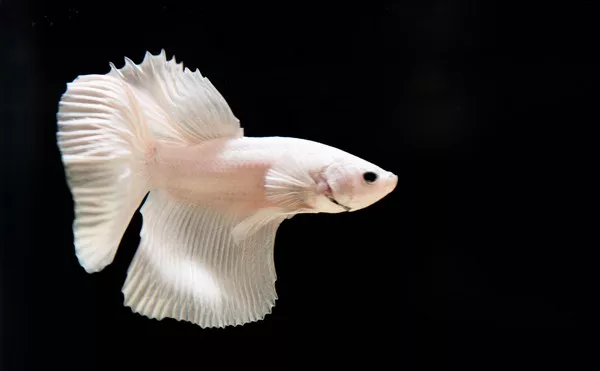Betta fish, also known as Siamese fighting fish, are captivating aquatic creatures that have become popular pets due to their vibrant colors and unique personalities. Keeping a betta fish as a pet comes with responsibilities, and one crucial aspect is understanding their dietary needs. This article delves into the realm of betta fish care, focusing on the telltale signs that indicate whether your betta is hungry.
The Importance of Recognizing Hunger in Betta Fish
Understanding the hunger cues of your betta fish is essential for maintaining their overall health and well-being. Overfeeding or underfeeding can lead to various health issues, including obesity, constipation, and malnutrition. By observing and interpreting your betta’s behavior, you can ensure a balanced and nutritious diet, promoting a happy and thriving aquatic companion.
1. Behavioral Cues
Betta fish are known for their expressive behaviors, and their feeding habits are no exception. Recognizing specific behavioral cues can provide valuable insights into their hunger levels.
a. Agitation and Pacing
When a betta fish is hungry, it may display increased agitation and pace around the tank. This behavior is often accompanied by the fish actively searching for food at the water’s surface. If you notice your betta swimming restlessly or repeatedly darting to the top of the tank, it might be a sign that it’s time for a meal.
b. Flaring
Male bettas, in particular, exhibit flaring as a territorial display. However, an increased frequency of flaring could indicate hunger. If your betta flares its gills and displays vibrant colors more often than usual, it might be signaling its need for sustenance.
c. Excitement During Feeding Time
Bettas quickly associate specific cues with feeding time. If your betta becomes visibly excited or rushes to the front of the tank when you approach, it’s likely anticipating a meal. This behavior is a positive indicator that your fish is aware of its feeding schedule.
See Also:Why Did My Betta Fish Die?
2. Physical Indicators
In addition to observing behavioral cues, closely monitoring your betta fish’s physical appearance can help gauge its hunger levels.
a. Slender Body Shape
A well-fed betta fish maintains a sleek and slender body shape. Overfeeding can lead to a bloated appearance, while underfeeding may result in a noticeably thin and emaciated look. Regularly assessing your betta’s body condition can help you adjust its diet accordingly.
b. Active Fins
Healthy bettas have lively and vibrant fins. If you observe clamped or lethargic fins, it could be a sign of malnutrition. Well-nourished bettas display finnage that is erect and spread out, indicating good overall health.
c. Vibrant Coloration
A betta fish’s coloration is a reflection of its mood and well-being. A hungry betta may appear dull or faded in color, signaling the need for nutritional supplementation. On the other hand, a well-fed betta exhibits vivid and vibrant hues, showcasing its optimal health.
3. Feeding Schedule and Portion Control
Establishing a consistent feeding schedule is crucial for maintaining the health of your betta fish. Betta fish are opportunistic feeders, meaning they will eat whenever food is available. However, this doesn’t imply that they should be fed excessively.
a. Frequency of Feeding
Adult bettas generally benefit from being fed once or twice a day. Consistency in feeding times helps regulate their hunger cues and ensures they receive an appropriate amount of nutrition. Avoid overfeeding, as excess food can lead to water quality issues and health problems.
b. Portion Size
Carefully portioning your betta’s food is vital for preventing overconsumption. Betta pellets or flakes should be offered in quantities that can be consumed within a few minutes. Adjust the portion size based on your betta’s activity level and individual needs.
c. Variety in Diet
While bettas primarily thrive on a staple diet of high-quality betta pellets, introducing variety can enhance their overall nutrition. Supplement their diet with frozen or live foods, such as brine shrimp or daphnia, to provide essential nutrients and prevent dietary deficiencies.
Conclusion
Recognizing when a betta fish is hungry is an integral aspect of responsible pet ownership. By paying attention to both behavioral cues and physical indicators, you can ensure that your betta receives the appropriate nutrition for a long and healthy life. Establishing a balanced feeding schedule, practicing portion control, and offering a diverse diet are key components of maintaining optimal well-being in your betta fish. By unlocking the secrets of betta fish hunger, you contribute to the overall happiness and vitality of these enchanting aquatic companions.
Related Topics:
Recognizing Signs of Illness in Betta Fish
How To Select the Perfect Betta Fish?
Do Betta Fish Rest?
























